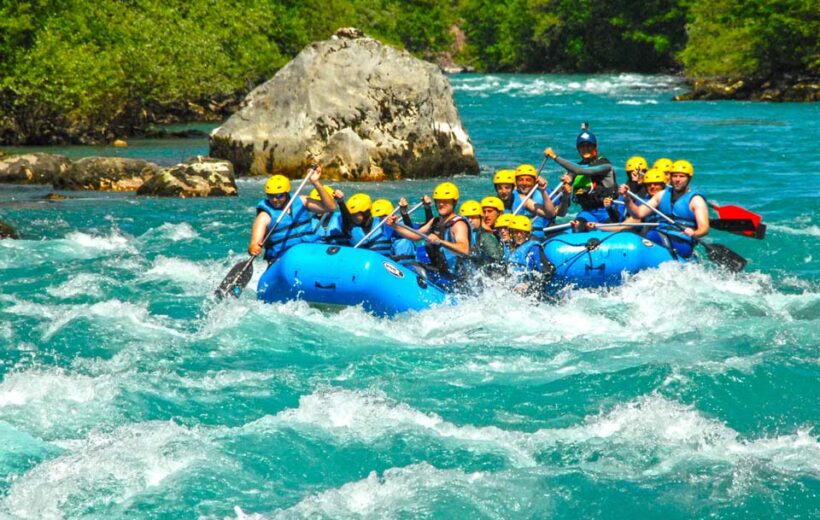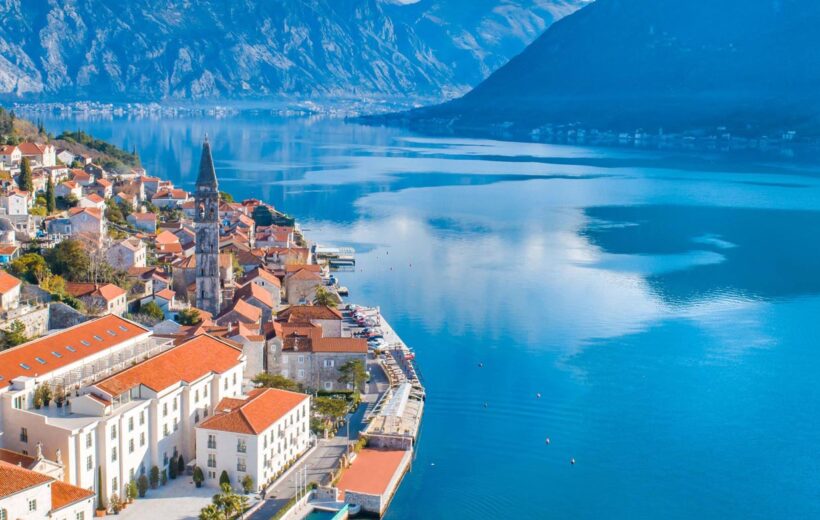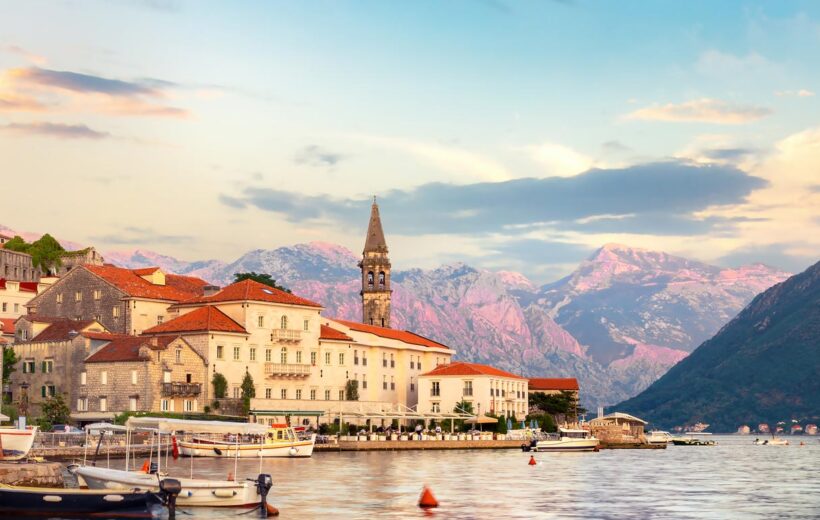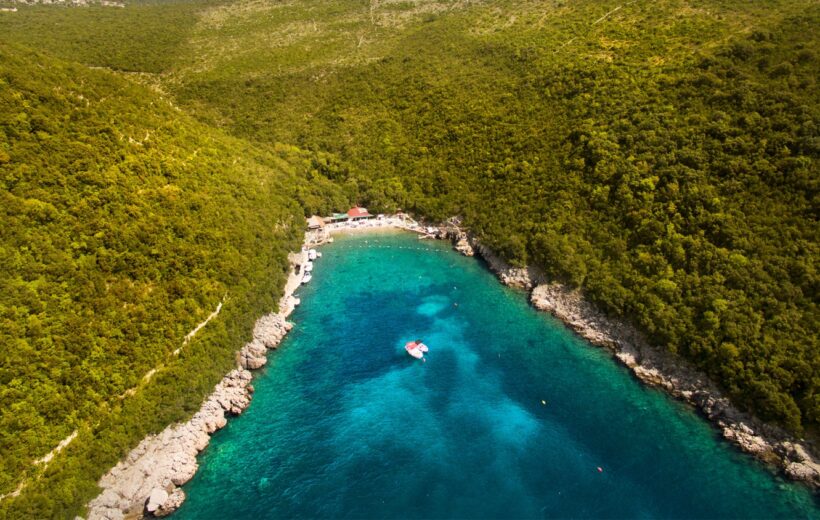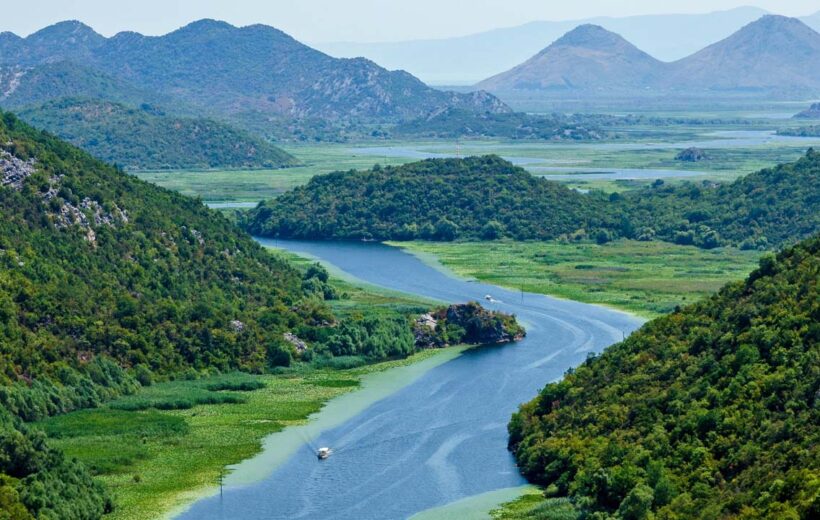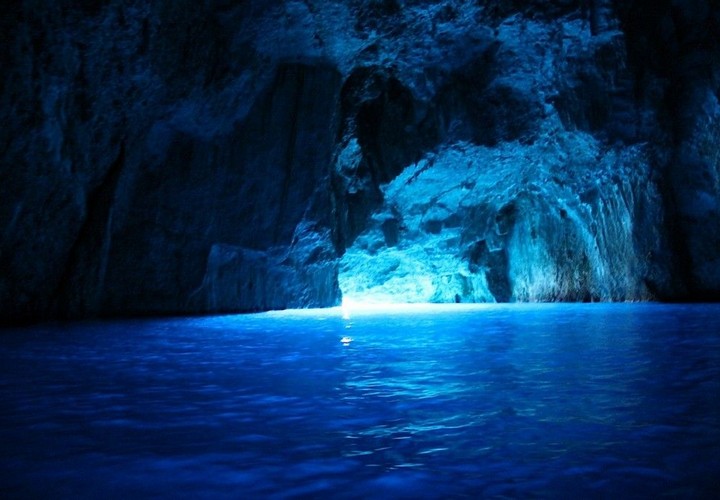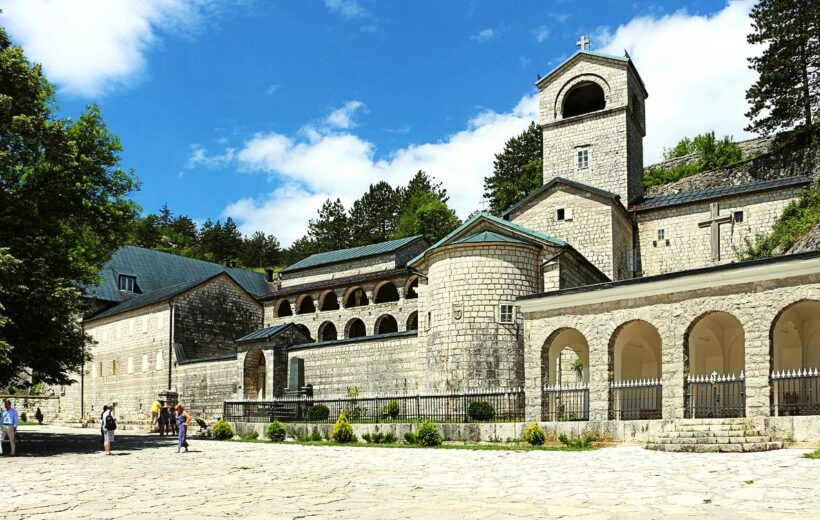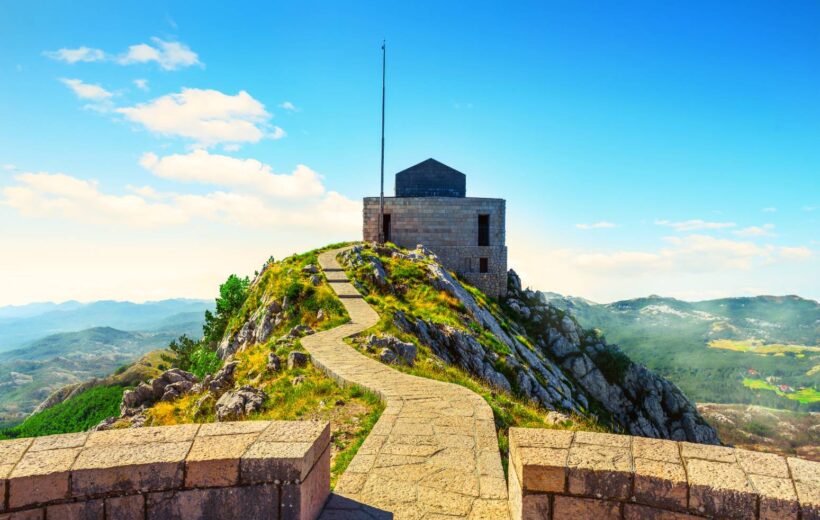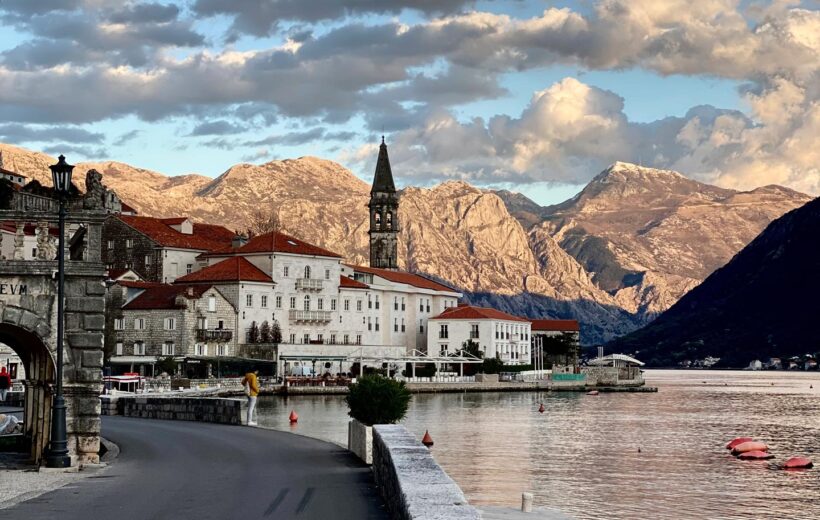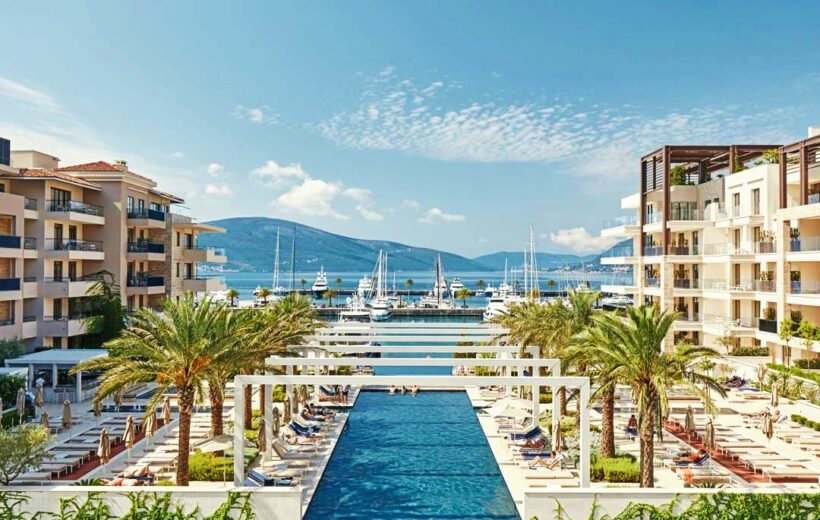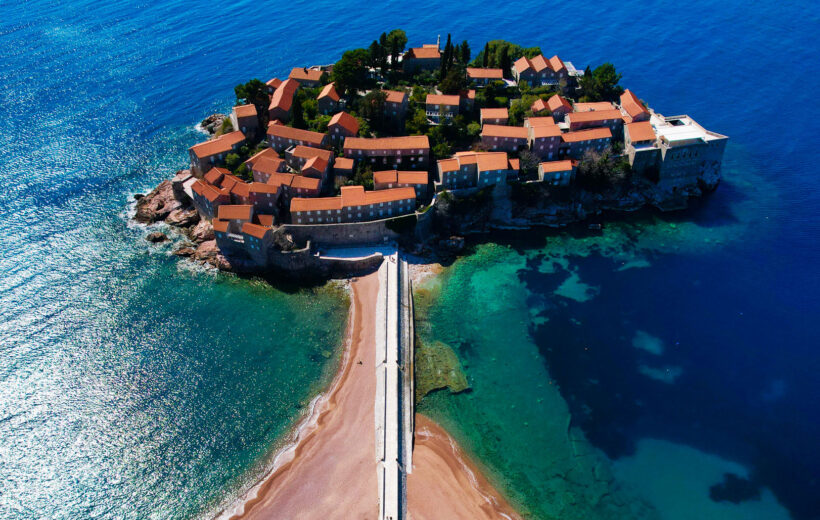Overview
Montenegro is a country in Southeastern Europe. It is located on the Adriatic Sea and is a part of the Balkans, sharing borders with Serbia to the northeast, Bosnia and Herzegovina to the north and west, Kosovo to the east, Albania to the southeast, the Adriatic Sea, and Croatia to the southwest, and maritime boundary with Italy. Podgorica, the capital and largest city, covers 10.4% of Montenegro’s territory of 13,812 square kilometers (5,333 sq mi) and is home to roughly 30% of its total population of 621,000.
Brief History
During the Early Medieval period, three principalities were located on the territory of modern-day Montenegro: Duklja, roughly corresponding to the southern half; Travunia, the west; and Rascia proper, the north. The Principality of Zeta emerged in the 14th and 15th centuries. From the late 14th century to the late 18th century, large parts of southern Montenegro were ruled by the Venetian Republic and incorporated into Venetian Albania. The name Montenegro was first used to refer to the country in the late 15th century. After falling under Ottoman rule, Montenegro regained its independence in 1696 under the rule of the House of Petrović-Njegoš, first as a theocracy and later as a secular principality. Montenegro’s independence was recognized by the Great Powers at the Congress of Berlin in 1878. In 1910, the country became a kingdom.
After World War I, the kingdom became part of Yugoslavia. Following the breakup of Yugoslavia, the republics of Serbia and Montenegro together proclaimed a federation. Following an independence referendum held in May 2006, Montenegro declared its independence, and the confederation peacefully dissolved.
* Information source from Wikipedia
Development level
Montenegro has an upper-middle-income economy and ranks 48th in the Human Development Index. It is a member of the United Nations, NATO, the World Trade Organization, the Organization for Security and Co-operation in Europe, the Council of Europe, and the Central European Free Trade Agreement. Montenegro is also a founding member of the Union for the Mediterranean and is currently in the process of joining the European Union.
* Information source from Wikipedia
Tourism in Montenegro
With a total of 1.6 million visitors, Montenegro is the 36th most visited country (out of 47 countries) in Europe. The majority of foreign visitors to Montenegro come from the neighboring countries of Serbia, Bosnia and Herzegovina, Kosovo, as well as Russia. The Montenegrin Adriatic coast is 295 km (183 mi) long, with 72 km (45 mi) of beaches and many well-preserved ancient old towns. Some of the most popular beaches on the Montenegrin coast include Jaz Beach, Mogren Beach, Bečići Beach, Sveti Stefan Beach, and Velika Plaža. Meanwhile, some of the most popular ancient Montenegrin towns include Herceg Novi, Perast, Kotor, Budva, and Ulcinj.
National Geographic Traveler (edited once a decade) ranks Montenegro among the “50 Places of a Lifetime”, and the Montenegrin seaside Sveti Stefan was used as the cover for the magazine. The coast region of Montenegro is considered one of the great new “discoveries” among world tourists. In January 2020, The New York Times ranked the Ulcinj South Coast region of Montenegro, including Velika Plaža, Ada Bojana, and the Hotel Mediteran of Ulcinj, among the “Top 31 Places to Go in 2020” as part of a worldwide ranking of tourism destinations.
Montenegro was also listed by Yahoo Travel among the “10 Top Hot Spots of 2019” to visit, describing it as being “currently ranked as the second fastest-growing tourism market in the world (falling just behind China)”. It is listed every year by prestigious tourism guides like Lonely Planet as a top tourist destination along with Greece, Spain, and other popular locations.
* Information source from Wikipedia

